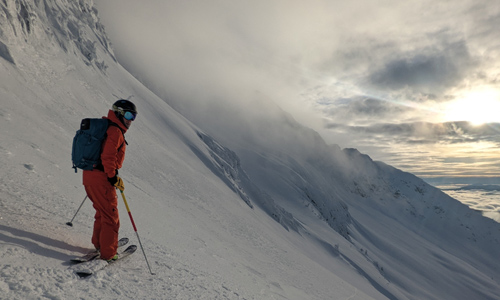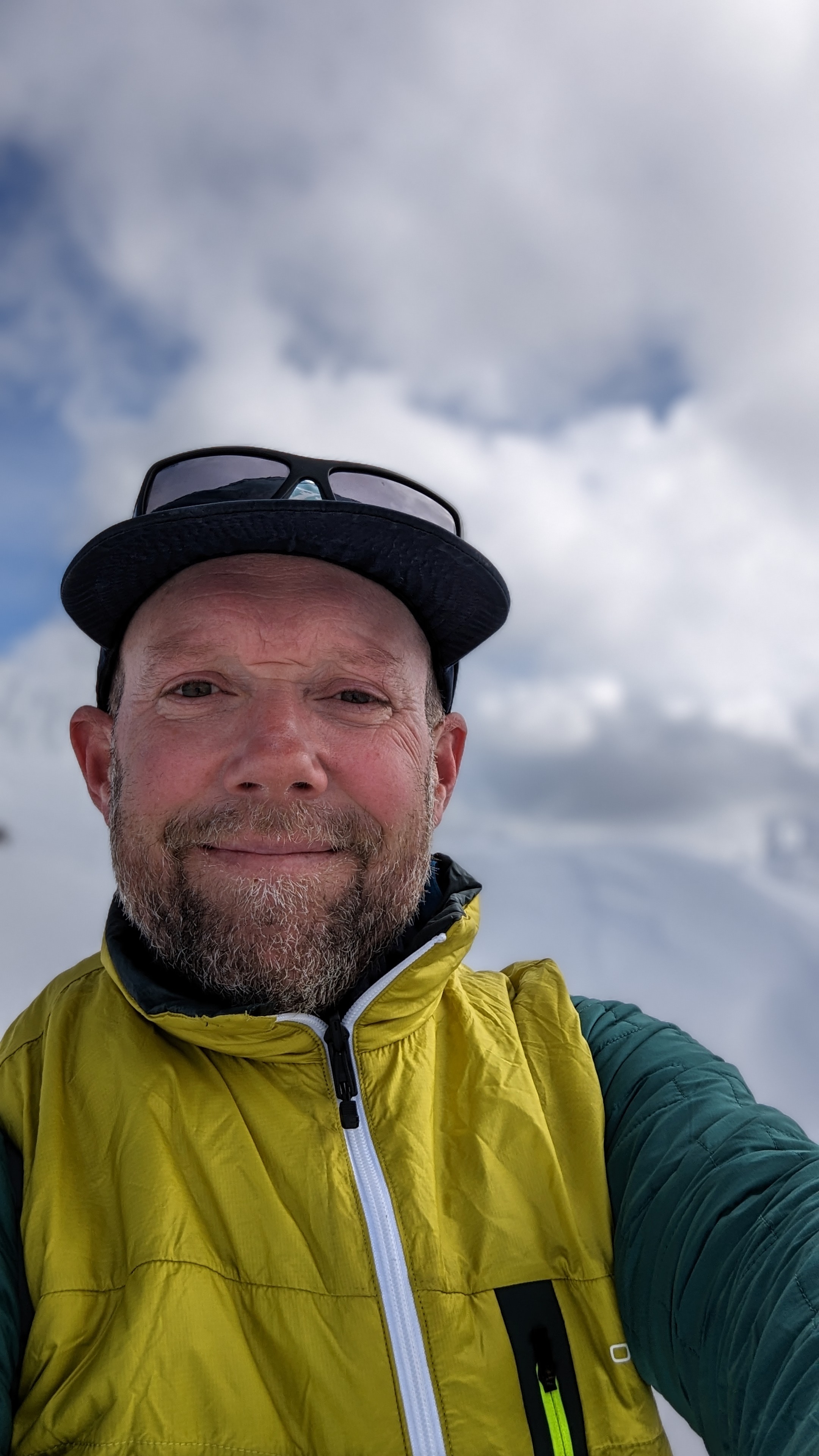Snowpack Science: Unraveling the Mysteries of the Snowpack
Those who know snowpack science's secrets can better understand snow layering, its formation, and how it influences avalanches. Very few people in the world do “snow science,” real snow science is done in labs and involves fieldwork at universities. This blog post is designed to give you a taste of some of the key ingredients of the snow science world without going too deep.
As winter enthusiasts, we share a deep appreciation for the magic that happens when snow blankets the landscape, turning the world into a pristine wonderland. Yet, beneath that serene surface lies a complex world of snow metamorphism, where the artistry of snow layering shapes our decision-making.
**The Building Blocks of the Snowpack**
The snowpack, in all its glory, is not a monolithic entity. It's a layered masterpiece, each stratum a chapter in the story of the snow's journey. The layers are like pages, each revealing a part of the narrative. Understanding these layers is crucial because they are the building blocks of snowpack stability. As the winter progress, the story gets deeper and more complicated. The best backcountry skiers pay attention to the story all winter.
**Rounding and Bonding: The Evolution of Snow Layers**
The process of snow layering is a dynamic one. When snowfall graces our mountains, it brings with it individual ice crystals and snowflakes. Over time, these delicate, feathery structures are subjected to the ever-changing conditions of the mountain environment.
Imagine the delicate ice crystals and intricate snowflakes that fall from the sky. They are sharp-edged, fragile creations when they first grace our mountain terrain. Yet, as time passes, these individual crystals begin to transform. This transformation is what we refer to as rounding.
Rounding is a critical aspect of snowpack metamorphism. It’s the process by which these initially angular and jagged crystals become more spherical in shape. Picture them softening, their edges smoothing out like pebbles in a streambed.
As temperatures fluctuate, these crystals either round and bond together, or facet and become less stable, transforming into various types of snow layers. This process is akin to nature's own craftsmanship, creating the intricate layers that define the snowpack.

**Temperature Gradient: The Maestro of Metamorphosis**
Temperature gradient, a significant player in snowpack science, is like the maestro conducting an orchestra. It influences the metamorphosis of snow crystals within the snowpack. Picture a symphony of snow crystals undergoing subtle but essential changes in response to temperature differences.
In the upper layers of the snowpack, strong temperature gradients cause faceting. Faceting transforms snow crystals from rounded forms to angular, faceted ones. This process weakens the snow, creating layers that can be prone to avalanche activity.
In contrast, lower in the snowpack, where temperatures are often more consistent, snow crystals undergo less metamorphosis and are more subject to rounding.
Of course, faceting can still occur in the lower snowpack. Prolonged periods of faceting deep in the snowpack cause depth hoar. Just ask people in the Rockies; it is just less common.
**The Role of Temperature in Rounding**
Temperature plays a central role in the rounding process. When snow crystals experience temperature fluctuations or the snow layers have a low-temperature gradient. This bonding leads to the creation of firmer, more cohesive layers within the snowpack.
In the spring, as temperatures rise and fall, snow crystals melt and then refreeze, forming bonds between adjacent crystals. Over time, these bonds accumulate, and the snowpack becomes more stable.
**Empowering Your Backcountry Journey**
Armed with knowledge about snowpack science and the factors that influence its stability, you're better equipped to read and understand the avalanche bulletin. Remember, even the most seasoned avalanche professional does not rely on snow science as a way to stay safe. The best way to stay safe is to practice good travel habits, avoid avalanche-prone terrain, and have a group of touring partners who commit to safe backcountry adventures.
**The Journey Continues**
This blog post is just the beginning of exploring the captivating world of snowpack science. If it interests you, there are plenty of courses to take; maybe one day, you will have a PHD in deep powder science.









